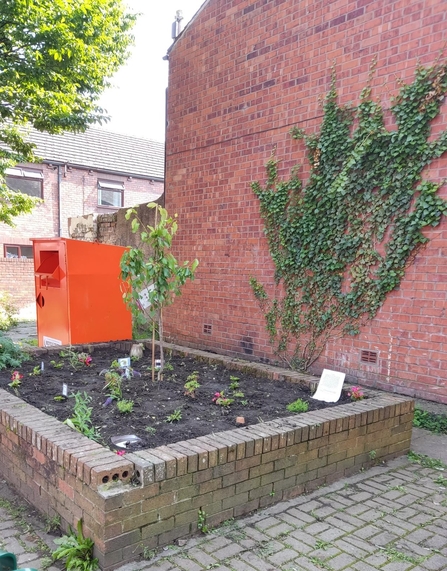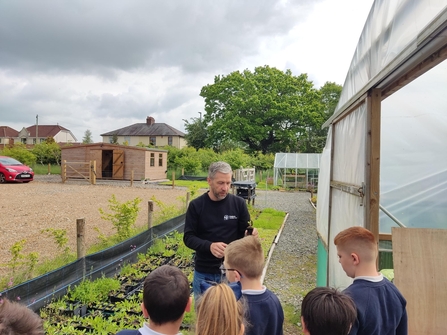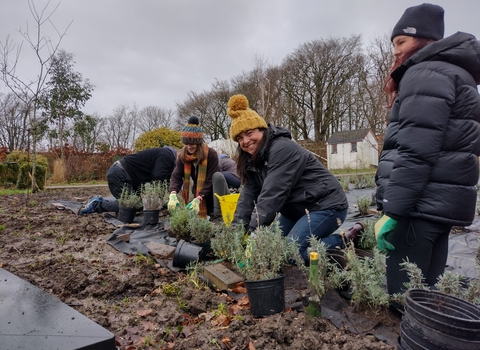
Even the most unloved corners of our towns and cities can become a haven for wildlife. Take, for example, a rough, six-metre-squared patch in urban Carlisle…
The children particularly enjoyed visiting Cumbria Wildlife Trust’s wildlife garden and plant nursery at Gosling Sike, where they could see how plants grew from seeds and what they’d look like when they had grown.Cumbria Wildlife Trust
Who is it?
Brook Street Primary School, in Carlisle, has a school council, made up of children from each school year, who are elected by fellow pupils to represent them.
What did they want to achieve?
On the street outside the school was an old planter made of red brick. It had become “overgrown, full of dog poo and beer bottles,” says Ruth Alcroft, Cumbria Wildlife Trust’s Education Officer.
Following a conversation between Ruth and the school’s Headteacher, Jonathan Burnsall, the school council began working with Ruth on transforming the planter.
How did they do it?
Children from the school council, aged 7–11, were involved in developing the planter at each step of the project, and made all the decisions.
“I started attending their meetings and gave a talk about what I’m doing,” said Ruth. “The headteacher wants the kids on the council to have real power, and they were really keen.”
Julie Park, Pastoral Support Worker, who runs the school council, said: “Ruth came in several times, then the children would take information away, present it back to their own class, then vote on the best ideas and come back to the group. They wanted something that could potentially grow all year round and could attract some insect life.”

What help did our Community Team provide?
Julie said: “We’d had some money pledged by a local councillor to develop the planter if we wanted to, and Ruth facilitated us to do that. We’re not gardeners, and it needed more than just money for it to happen. We needed someone with the right expertise and contacts.”
The children particularly enjoyed visiting Cumbria Wildlife Trust’s wildlife garden and plant nursery at Gosling Sike, where they could see how plants grew from seeds and what they’d look like when they had grown. They worked with Ruth to plan what would go in the planter and chose plants they had seen, along with a cherry tree.

What was the outcome?
Volunteers from Multicultural Cumbria came along to help prepare the ground for planting and clear it up.
“What would have taken me and the kids half a day took them half an hour, all clean and weeded – and that was fantastic,” said Ruth.
“We had a competition to get other kids involved in creating posters and characters to help us advertise this message, to help get residents involved. We had some fantastic entries.”
Ruth joined children from Brook Street for the planting just before the summer holidays.
“It was amazing,” she said. “The kids had a fab time and planted all these plants they’d chosen – bird’s-foot trefoil, water avens, common thyme, borage, ox-eye daisies, meadow crane’s-bill and wild carrot. We chose things that would be good for the larvae, not just the butterflies. We put in a bowl so when it rained wildlife could access the water, and upside-down plant pots for insects to shelter under.”
Ruth’s continuing to work with the school and new council members, and to help maintain the planter.
“People who’ve been involved have realised that they can make a difference – that things can be different, that people do want to support them,” she said. “I would love for this to grow and for people to see what they could do where they live.”

Cumbria Wildlife Trust is a delivery partner for 'Nextdoor Nature', a Royal Society of Wildlife Trusts project funded by, and made possible, with The National Lottery Heritage Fund. Thanks to National Lottery players, we have received £90k as part of this programme.






